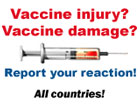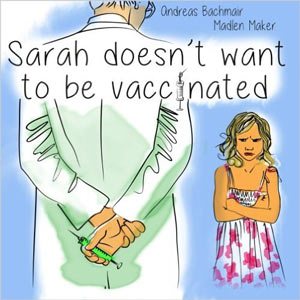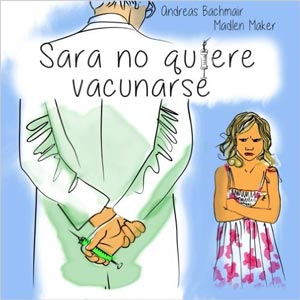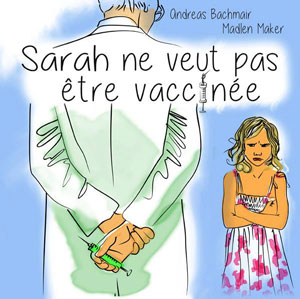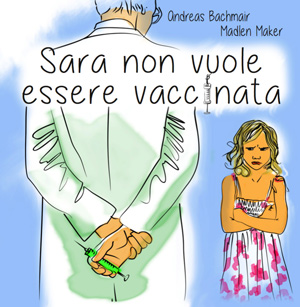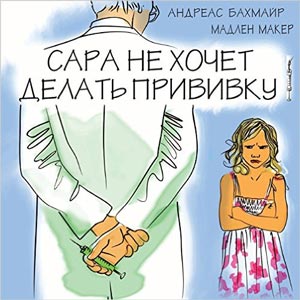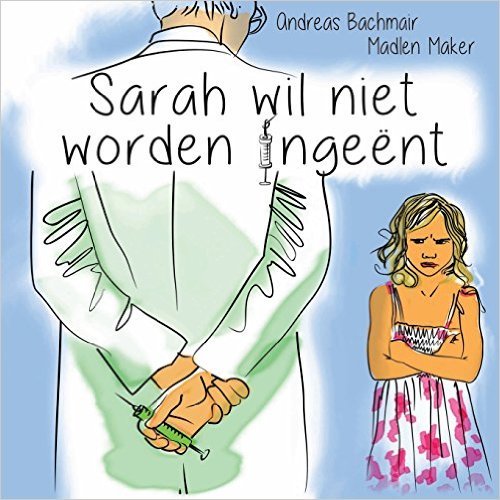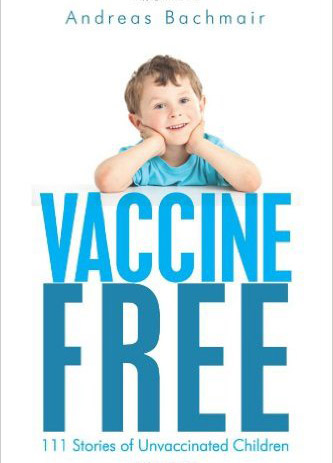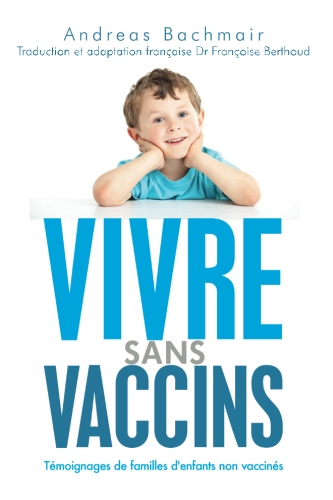Celtura vaccine
Celtura® is a pandemic H1N1 influenza-vaccine (surface antigen, inactivated, manufactured in cell culture with MF59C.1 adjuvanted).
The Swiss Healing Institute Swissmedic has approved an additional vaccine against the swine flu A (H1N1), Celtura made by Novartis.
Unlike the vaccines Focetria and Pandemrix which were approved in October, the antigen component of Celtura is not manufactured on the basis of eggs but on the basis of a cell culture (kidney cells of dogs, see below). This production method is new and is being tested by Swissmedic. Celtura has been approved for children who are three years and older based on the clinical data on hand, as well as for adults of all age groups. These data also show that for adults who are older than 40 years of age a sufficient immunization is not achieved until it has been administered twice. That is why these people are to be vaccinated twice, three weeks apart.
Vaccine
Every dose (0.25 ml suspension) of the vaccine contains surface antigens * (3.75 µg haemaglutinin and neuraminidase inactivated) of the flu virus strain A/California/7/2009 (H1N1)v-like strain (X-179A).
* Virus multiplication is done on Madin Darby Canine Kidney (MDCK) cells.
Adjuvants
The vaccine contains MF59C.1 as adjuvant, consisting of Squalen (4.875 mg), polysorbate 80 (0.588 mg), sorbitan trioleat (0.588 mg), sodium citrate (0.33 mg), citric acid (0.02 mg) and water for injection purposes.
Moreover, each dose contains the following additives:
Sodium chloride, potassium chloride, potassium dihydrogen phosphate, dinatrium hydrogen phosphate dihydrate, magnesium chloride hexahydrate,
calcium chloride dihydrate and water for injection purposes. Contains traces of cetyltrimethylammoniumbromide (CTAB) and of
dog proteins of the MDCK cell line used for the production (kidney cells of cocker spaniels).
Pregnancy, lactation
There is presently no data available regarding vaccinations with Celtura or other MF59 adjuvanted vaccines during pregnancies and lactation. The doctor must consider the potential advantages and disadvantages of a vaccination during pregnancy and lactation after explicit recommendation by the BAG for pregnant women and nursing mothers.
Side effects of Celtura
The experiences gleaned with the pandemic vaccine in combination with the adjuvants MF59 produced on the dog cell lines (MDCK) are still very limited. The current pandemic strain A/H1N1 is currently being used to perform clinical trials with children who are older than 6 months and adults.
This is what Arzneimitteltelegramm has to say about it:
"The MDCK-cells are a tumor-like cell line which means that the cells can create tumors in a host organism. The fewer cells are required in animal experiments to do this, the more pronounced is the tumorgeneity. Of the MDCK cells that are required to produce OPTAFLU, ten are required in order to create tumors in mice. They are therefore deemed to be high-tumorigenous. Tumorigenous cell lines are already used to produce biological material such as monoclonal antibodies, but not yet to produce vaccines which are already on the market. According to EMEA there are no security risks, among others because during trials with rodents only intact MDCK cells but not cellysate or DANN had a tumoric or oncogenic impact. Intact cells, however, are not considered to be completely eliminated from the vaccine by the manufacturing process. A number of members of the commission of the US-American FDA expressed skepticism in late 2005 concerning potential oncogeneity of the DANN from MDK cells of which small amounts (< 10 ng/0.5 ml) remain in the final product. The vaccine has not been approved in the USA".( http://www.arznei-telegramm.de/html/2007_12/0712111_02.html)
Frequency
”Very frequent“(=1/10),
“Frequent“ (=1/100, <1/10),
“Occasional“ (=1/1000, <1/100),
“Rare“(=1/10'000, <1/1000),
“Very rare“ (<1/10’000).
Within each frequency group the side effects are listed according to decreasing severity
Diseases of the nervous system
Frequent to very frequent (=1/100, =1/10): Headaches
Diseases of the skin and subcutaneous tissue
Frequent to very frequent (=1/100, =1/10): Sweating
Skeleton muscles, tissue and bone diseases
Frequent to very frequent (=1/100, =1/10): Arthralgia and myalgia
General diseases and problems at the site of injection
Frequent to very frequent (=1/100, =1/10): redness, swelling, hardening, ecchymosis and pain at the injection site, fever, general malaise, fatigue and chills. These reactions generally subside within 1-2 days without being treated
Undesired effects are of particular interest
The repeated occurrence of a purple-like rash was observed, which had occurred repeatedly within the year before the vaccination of the patient and which had been associated with anti-nuclear antibodies (ANA) was observed during the first phase I dose finding trial after Celtura was administered in a four-fold dosage (2 injections à 7.5 µg haemaglutinin combined with 2-fold dose of MF59 on day 0). The amount of the antinuclear antibodies (ANA) had not changed after the administration of Celtura. Presently it cannot be decided whether new adjuvants such as MF59 have an impact on the establishment of or the course of autoimmune diseases.
Application observation after market introduction
There is no post marketing experience associated with Celtura.


